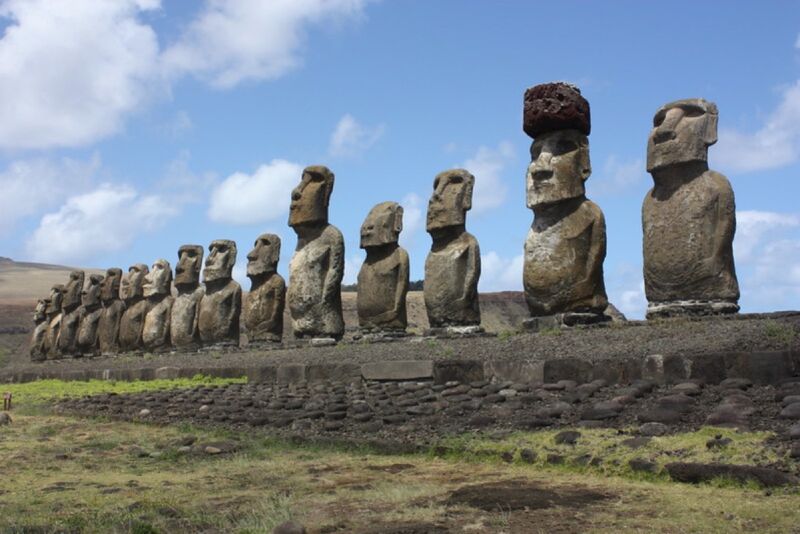We now have even more evidence against the “ecocide” theory of Easter Island

Enlarge / New research lends further credence to the "population crash" theory about Easter Island being just a myth. (credit: Arian Zwegers/CC BY 2.0)
For centuries, Western scholars have touted the fate of the native population on Easter Island (Rapa Nui) as a case study in the devastating cost of environmentally unsustainable living. The story goes that the people on the remote island chopped down all the trees to build massive stone statues, triggering a population collapse. Their numbers were further depleted when Europeans discovered the island and brought foreign diseases, among other factors. But an alternative narrative began to emerge in the 21st century that the earliest inhabitants actually lived quite sustainably until that point. A new paper published in the journal Science Advances offers another key piece of evidence in support of that alternative hypothesis.
As previously reported, Easter Island is famous for its giant monumental statues, called moai, built some 800 years ago and typically mounted on platforms called ahu. Scholars have puzzled over the moai on Easter Island for decades, pondering their cultural significance, as well as how a Stone Age culture managed to carve and transport statues weighing as much as 92 tons. The first Europeans arrived in the 17th century and found only a few thousand inhabitants on a tiny island (just 14 by 7 miles across) thousands of miles away from any other land. Since then, in order to explain the presence of so many moai, the assumption has been that the island was once home to tens of thousands of people.
But perhaps they didn't need tens of thousands of people to accomplish that feat. Back in 2012, Carl Lipo of Binghamton University and Terry Hunt of the University of Arizona showed that you could transport a 10-foot, 5-ton moai a few hundred yards with just 18 people and three strong ropes by employing a rocking motion. In 2018, Lipo proposed an intriguing hypothesis for how the islanders placed red hats on top of some moai; those can weigh up to 13 tons. He suggested the inhabitants used ropes to roll the hats up a ramp. Lipo and his team later concluded (based on quantitative spatial modeling) that the islanders likely chose the statues' locations based on the availability of fresh water sources, per a 2019 paper in PLOS One.Read 12 remaining paragraphs | Comments
Welcome to Billionaire Club Co LLC, your gateway to a brand-new social media experience! Sign up today and dive into over 10,000 fresh daily articles and videos curated just for your enjoyment. Enjoy the ad free experience, unlimited content interactions, and get that coveted blue check verification—all for just $1 a month!
Account Frozen
Your account is frozen. You can still view content but cannot interact with it.
Please go to your settings to update your account status.
Open Profile Settings